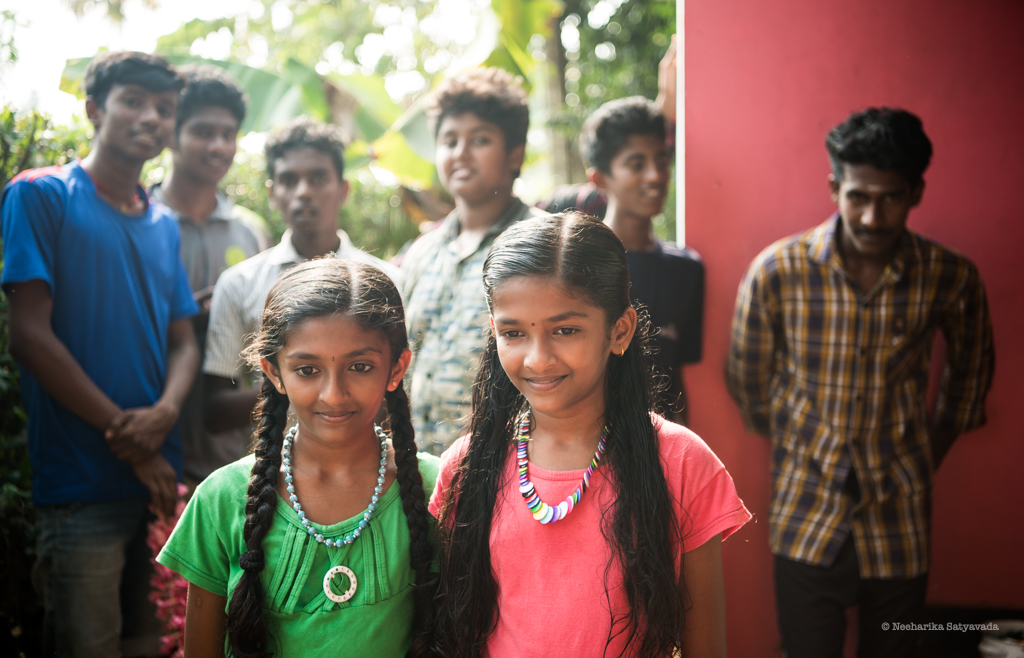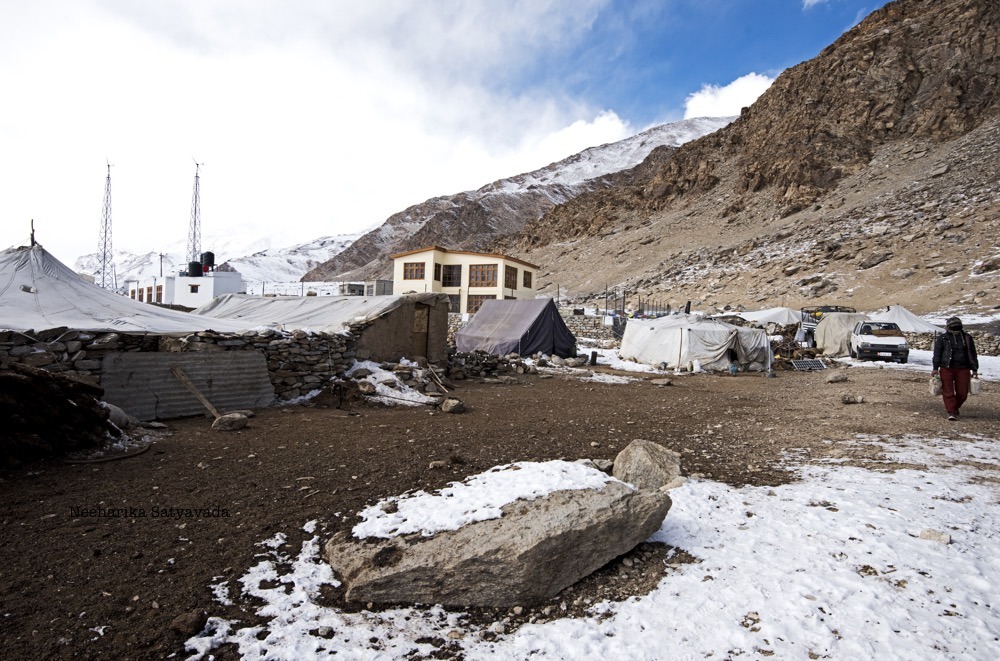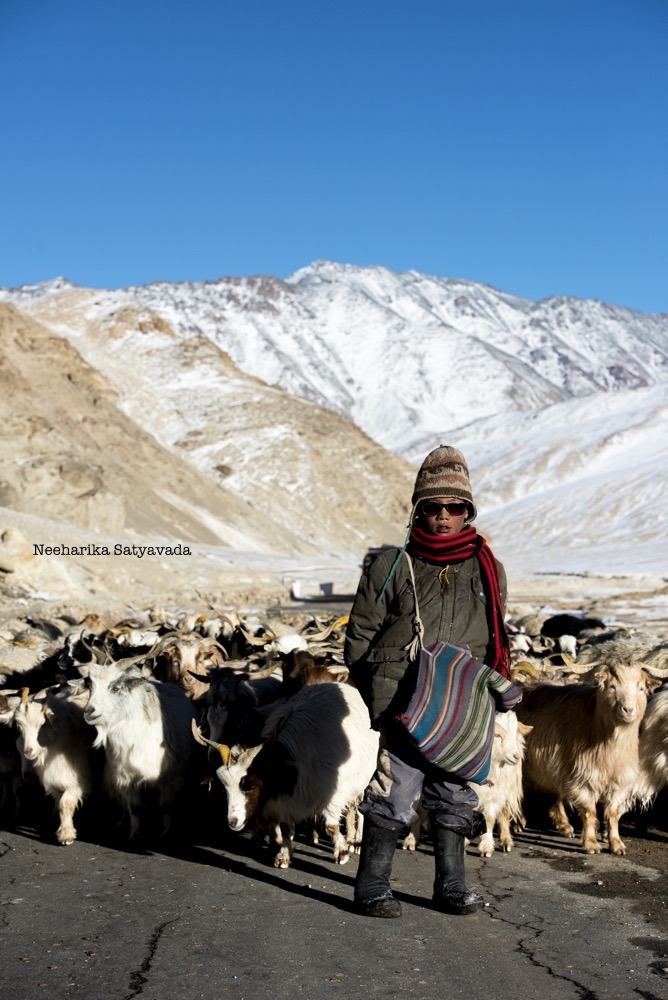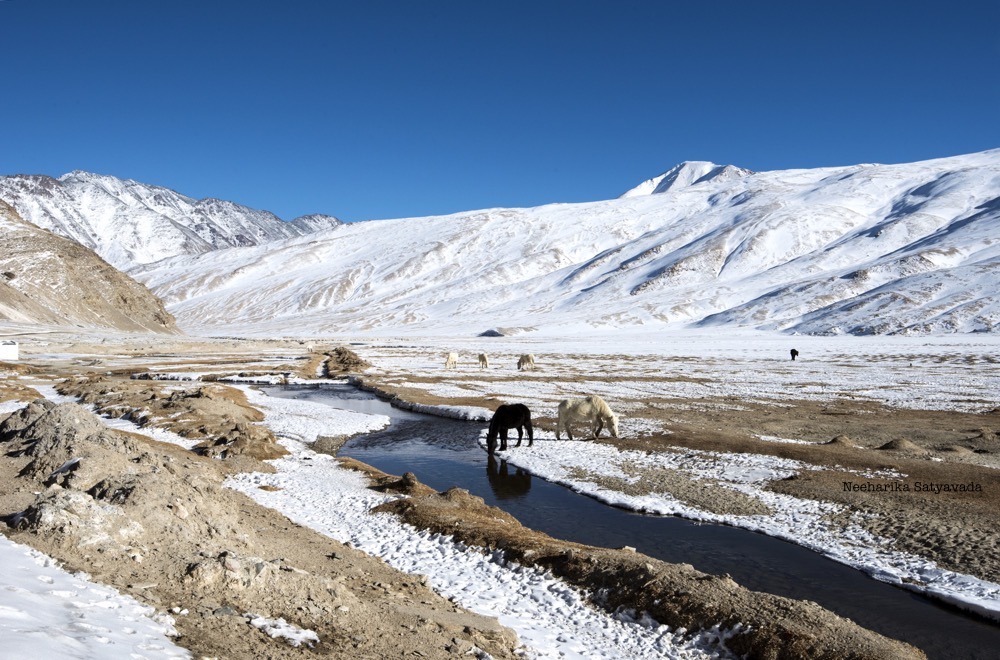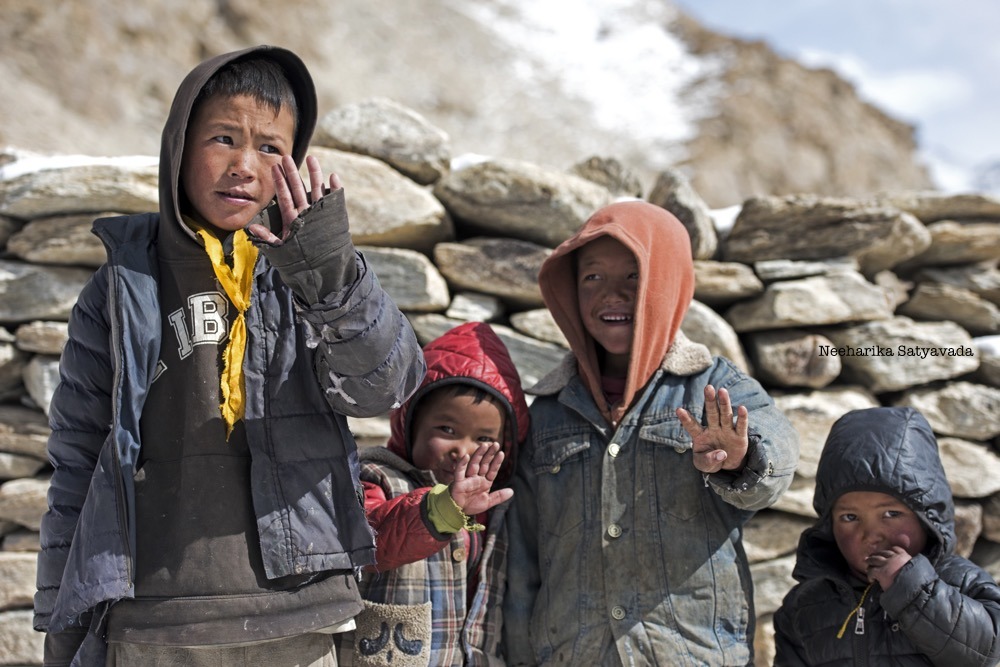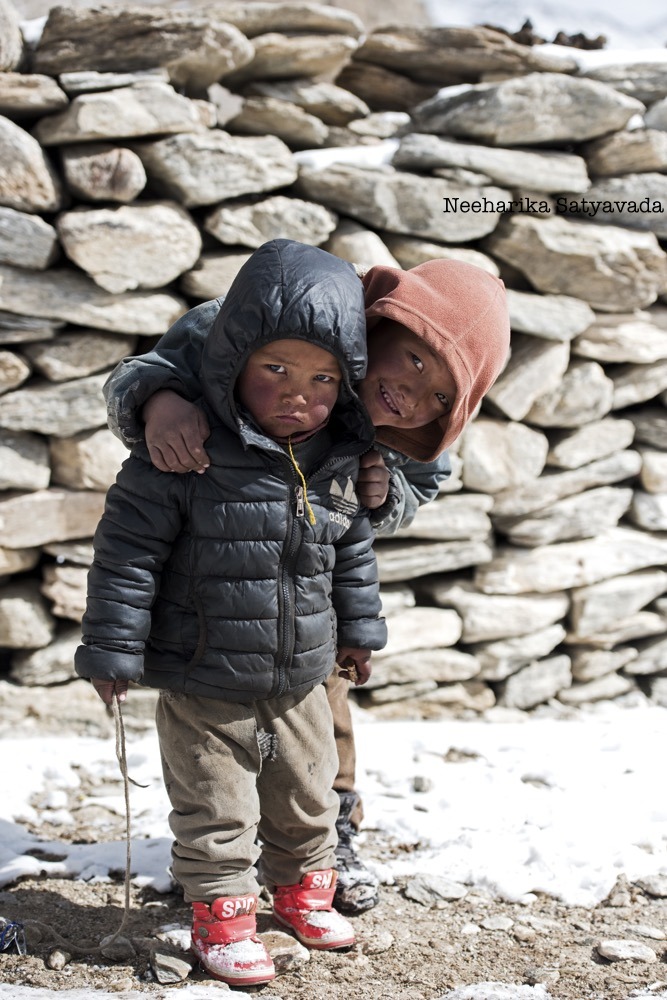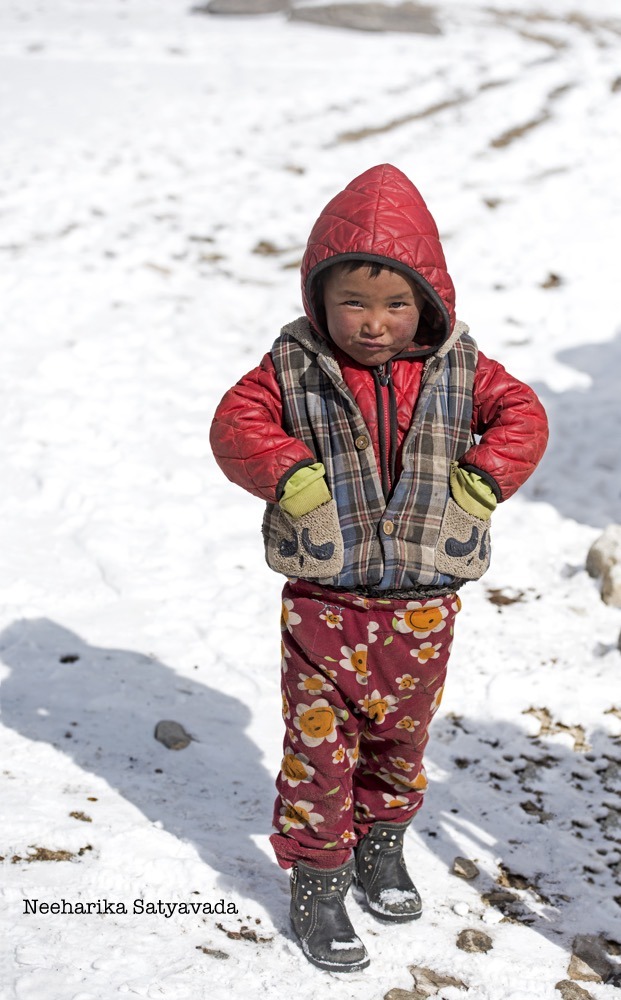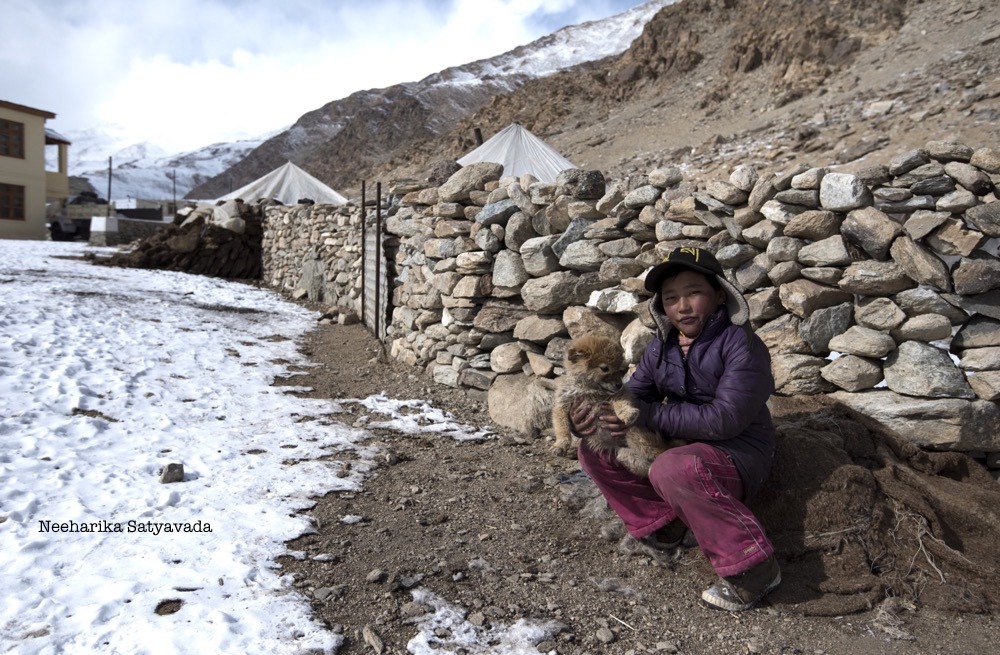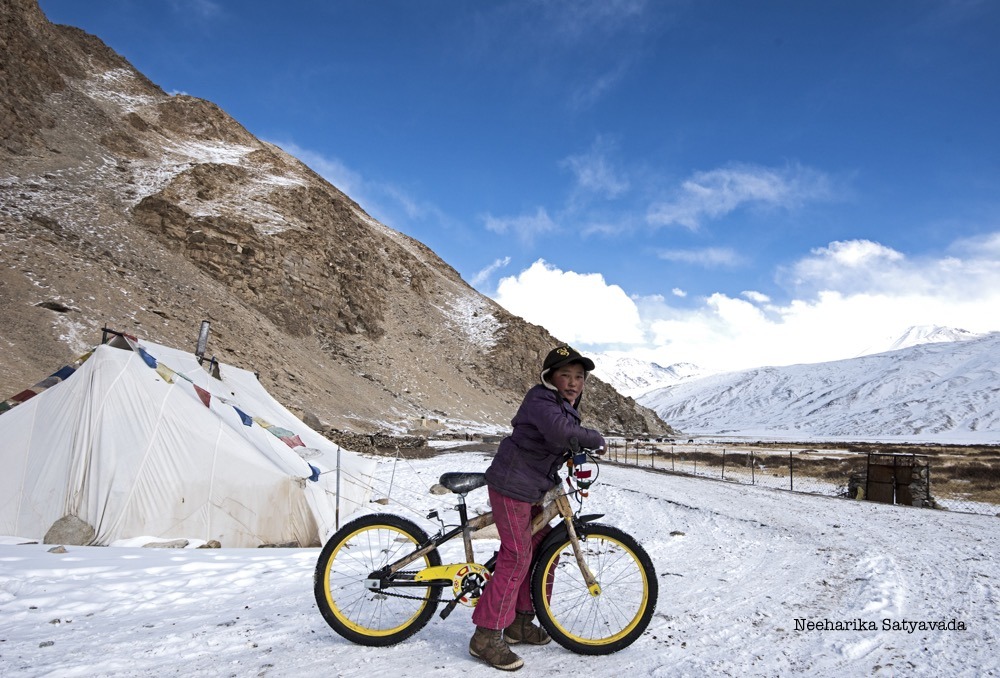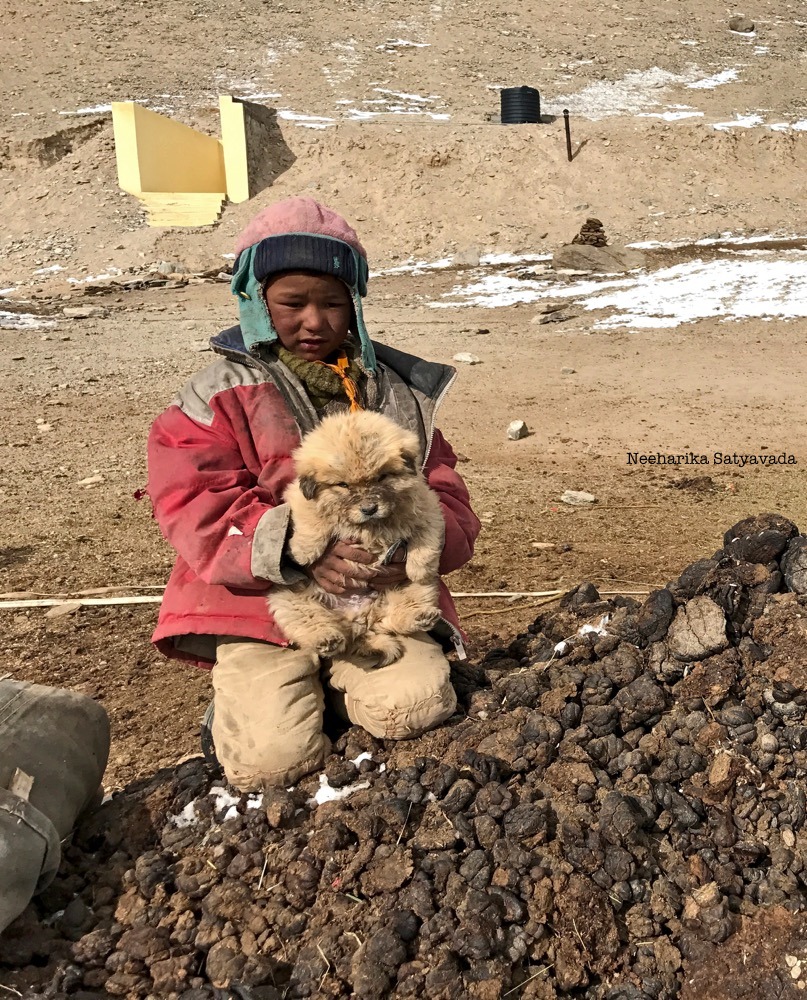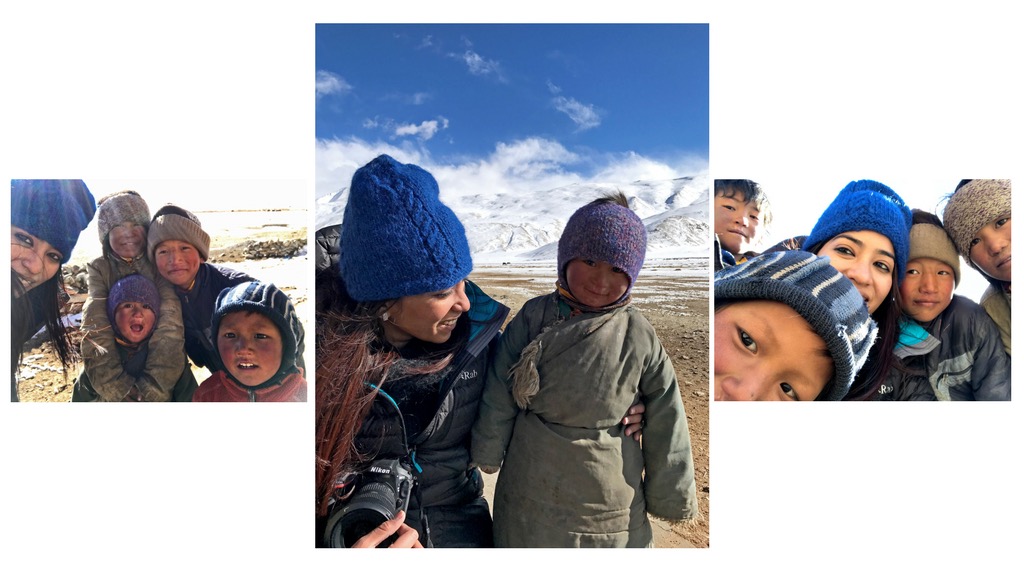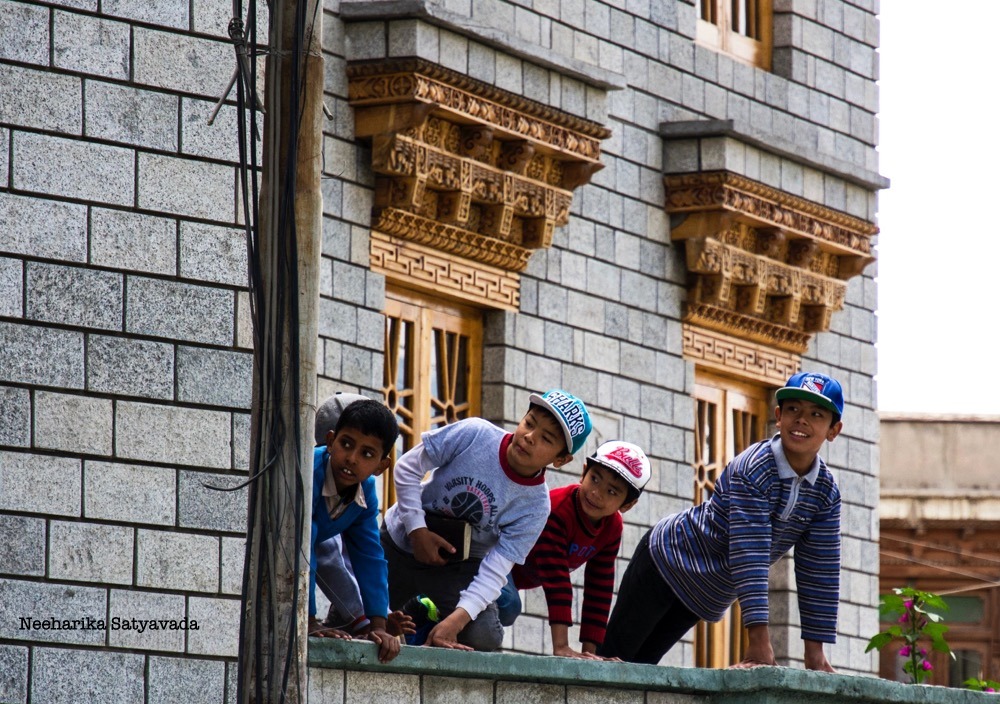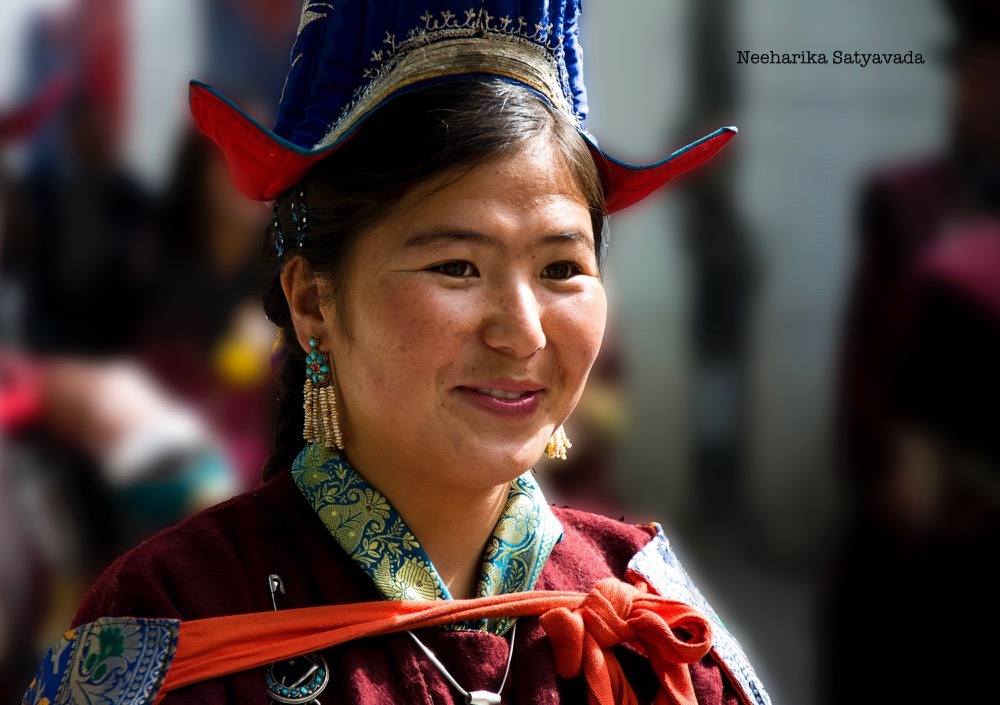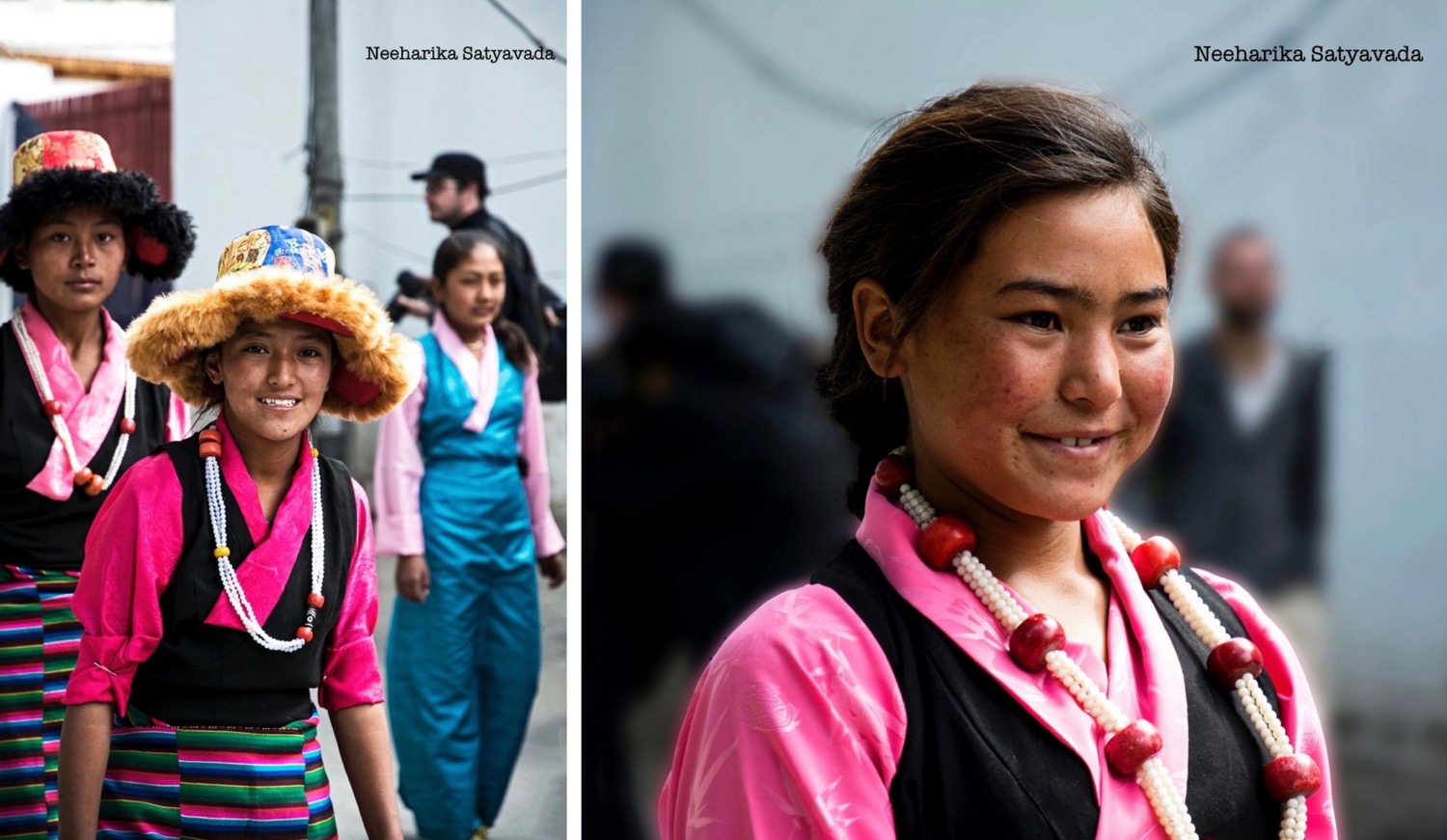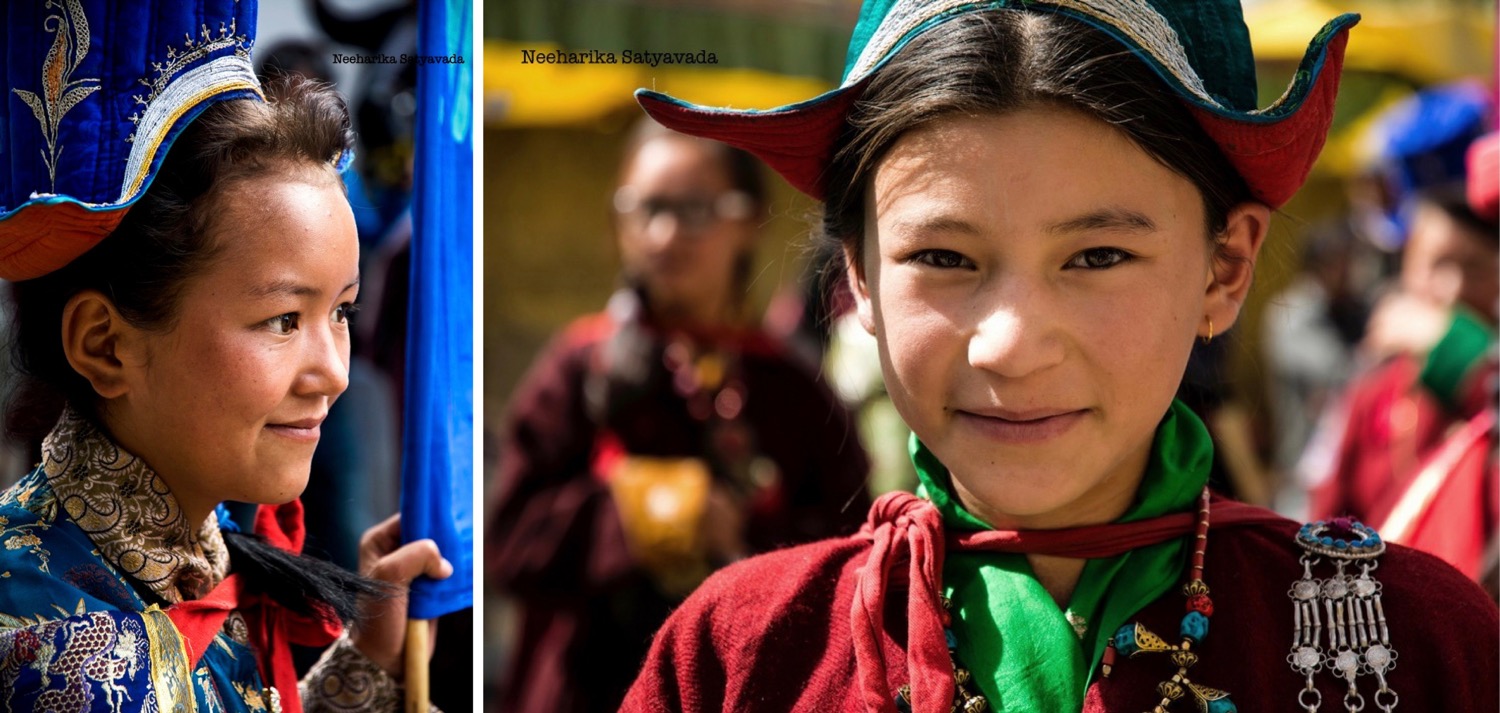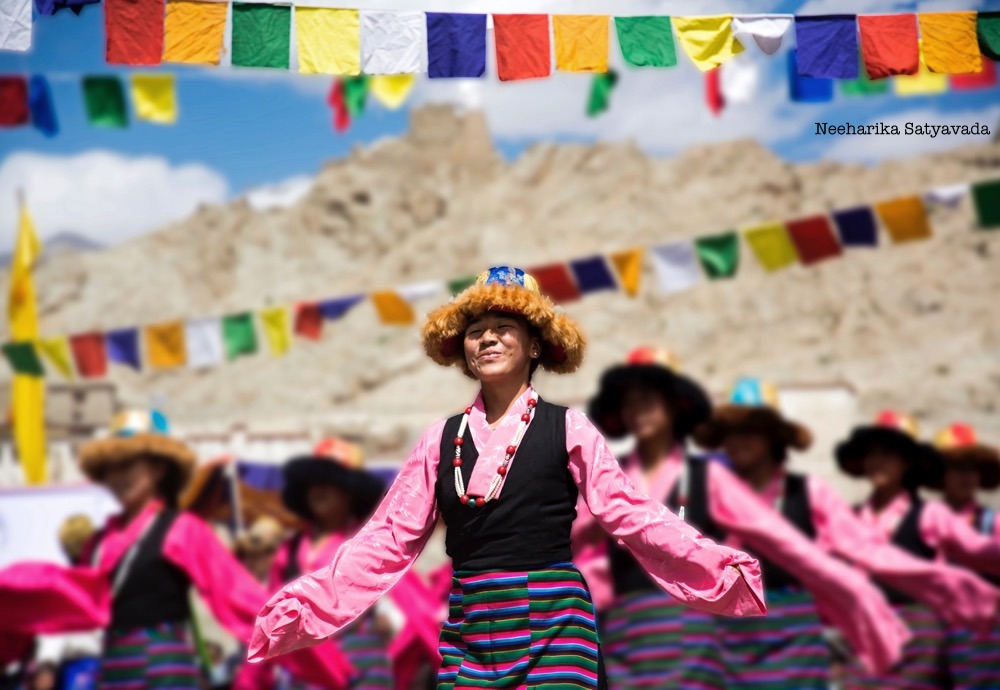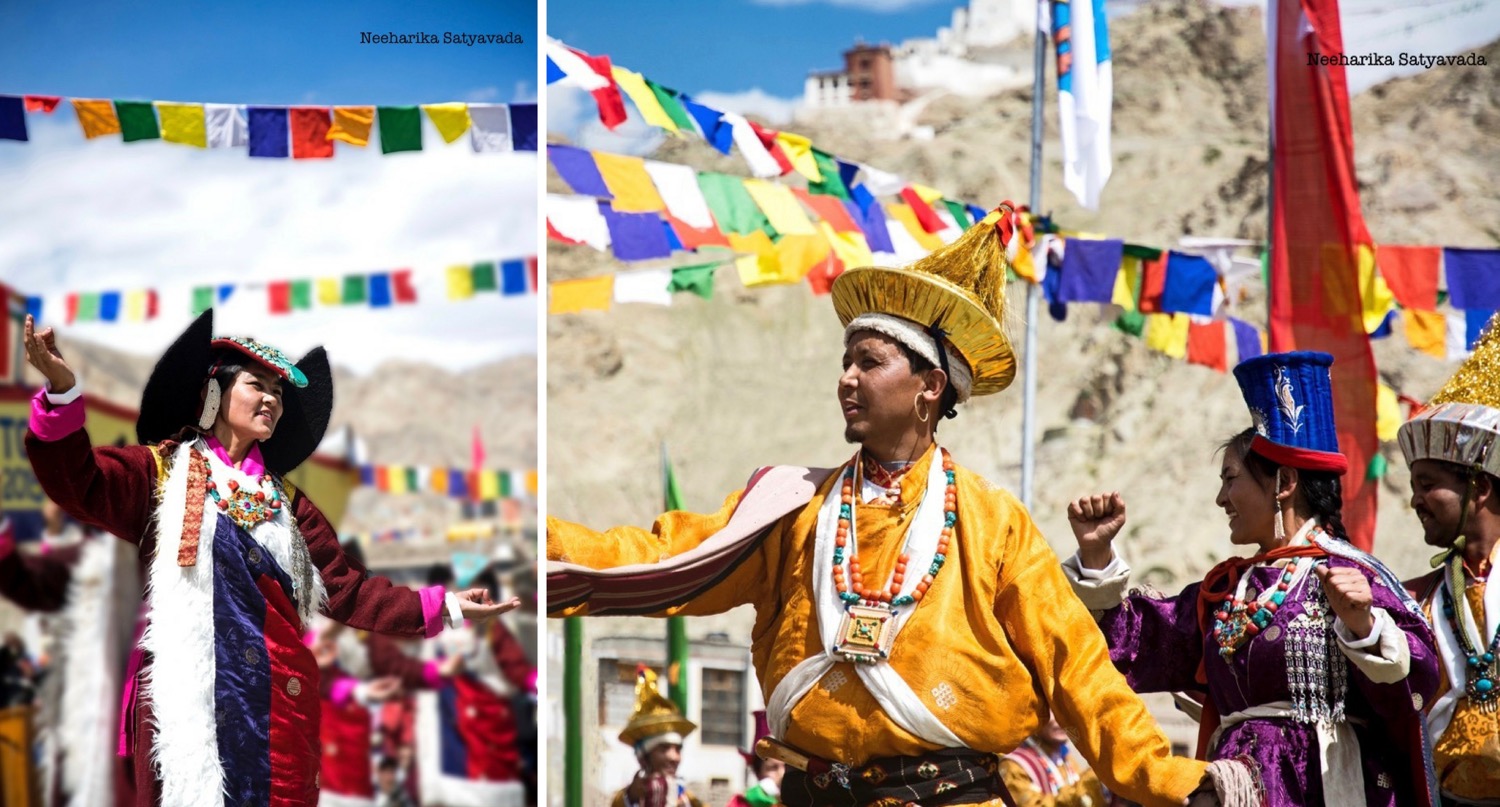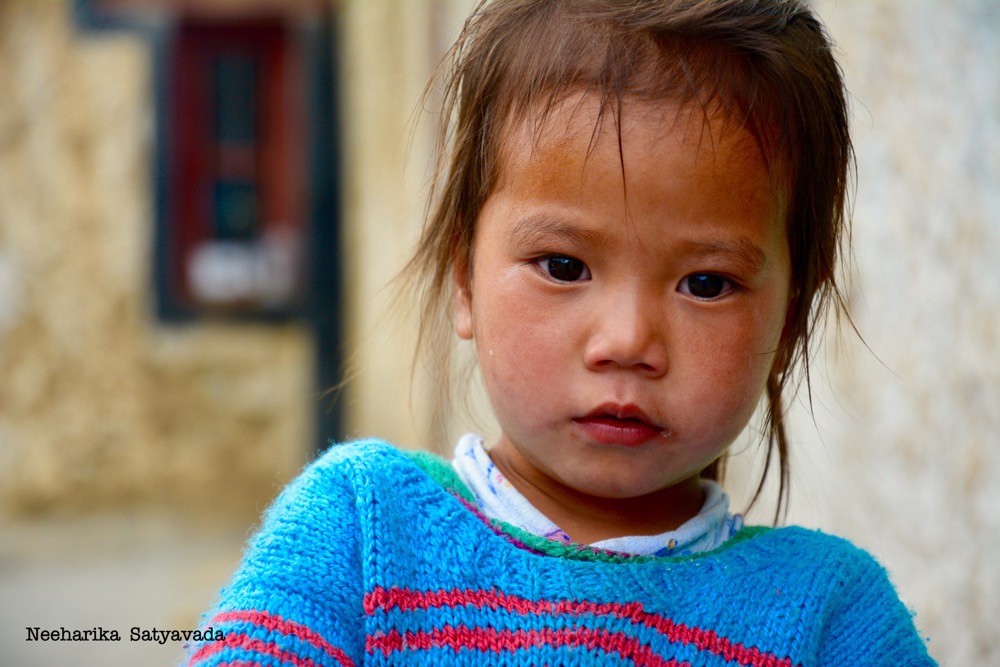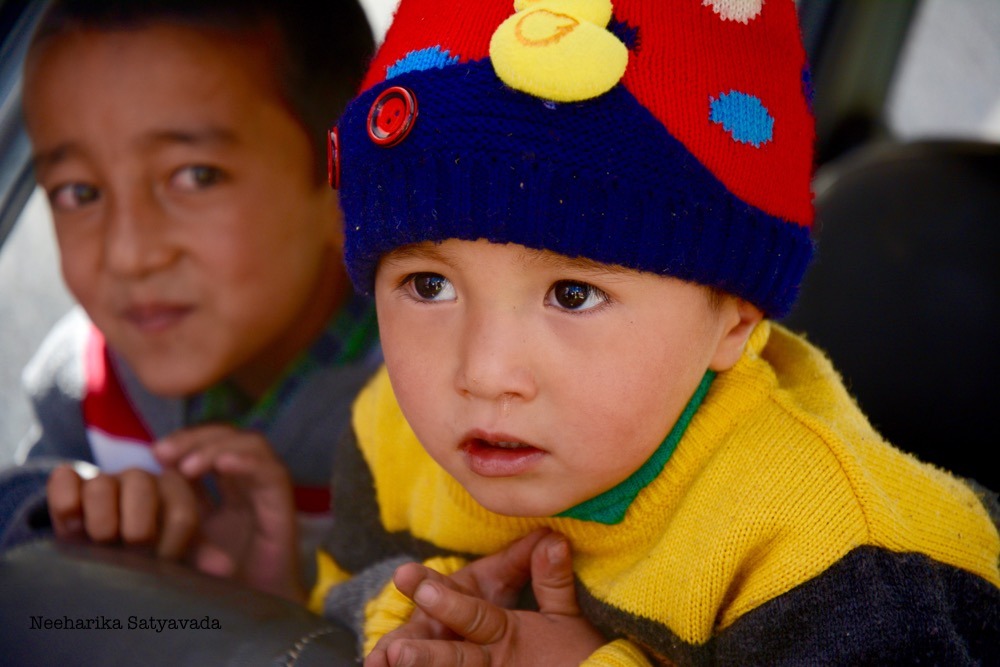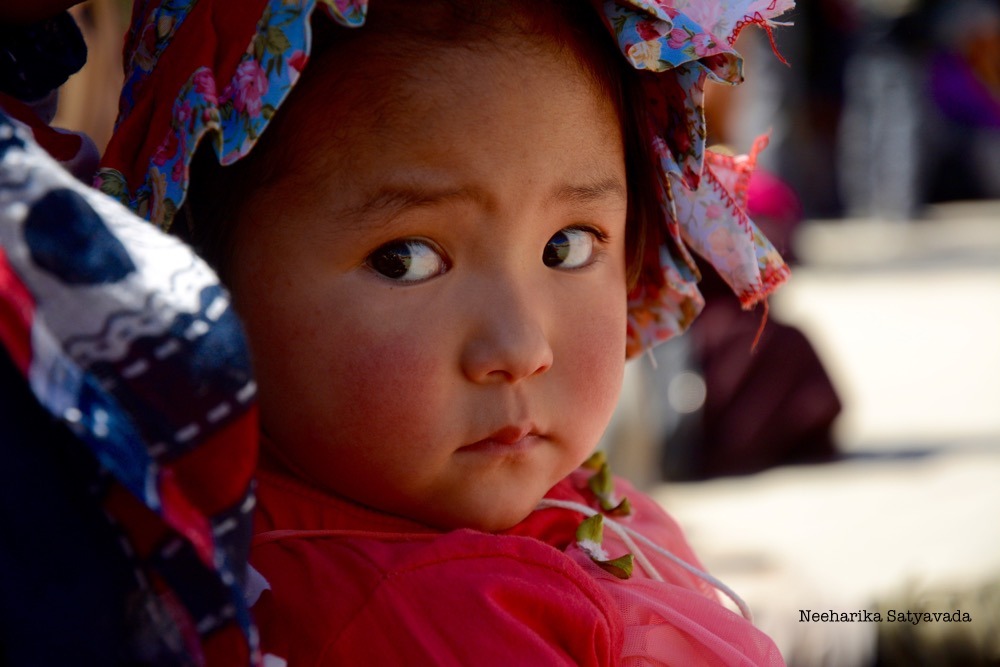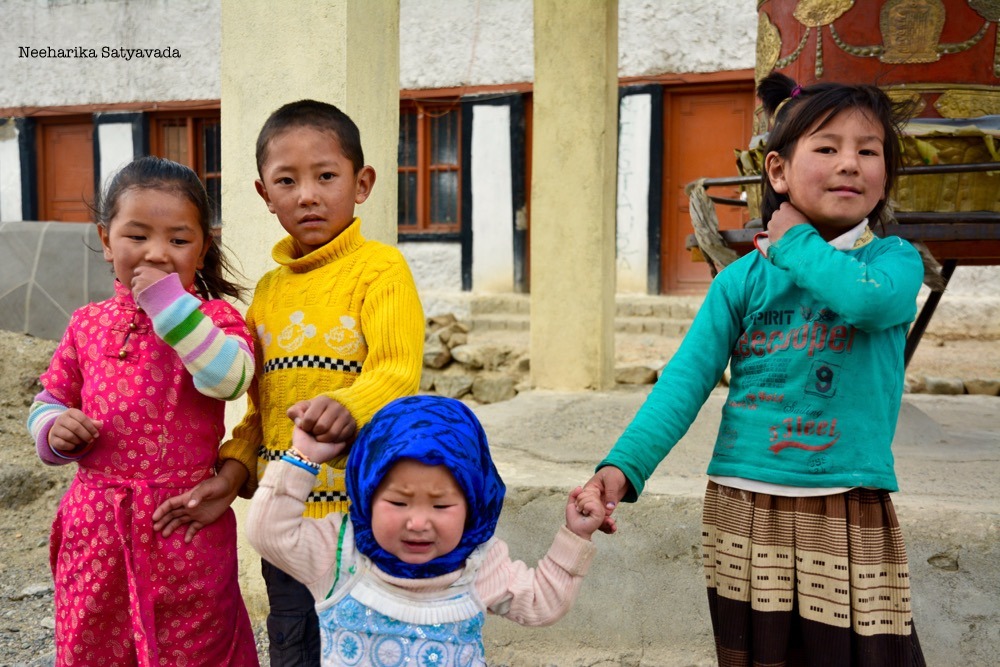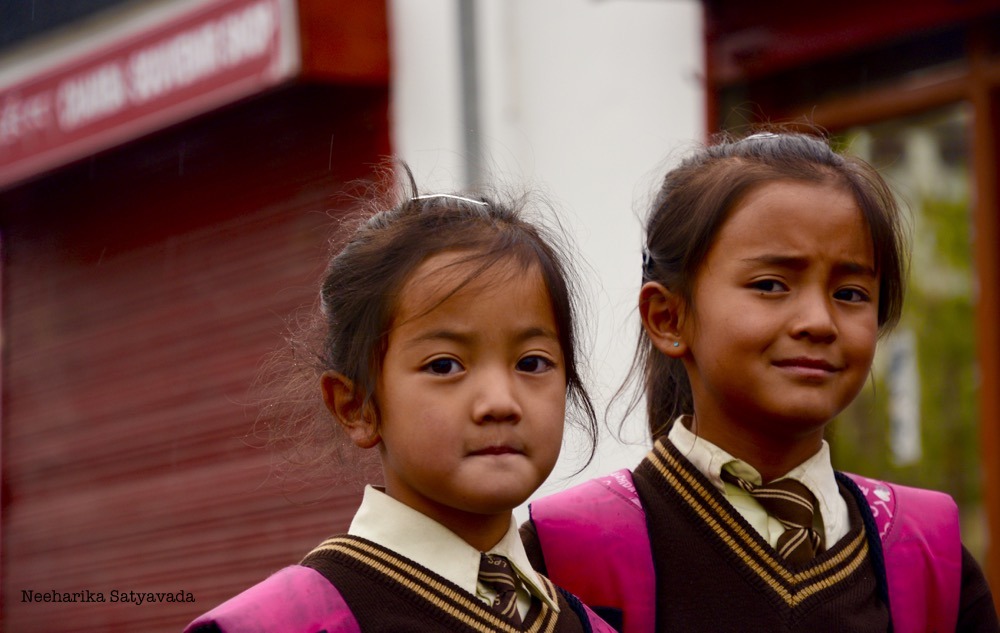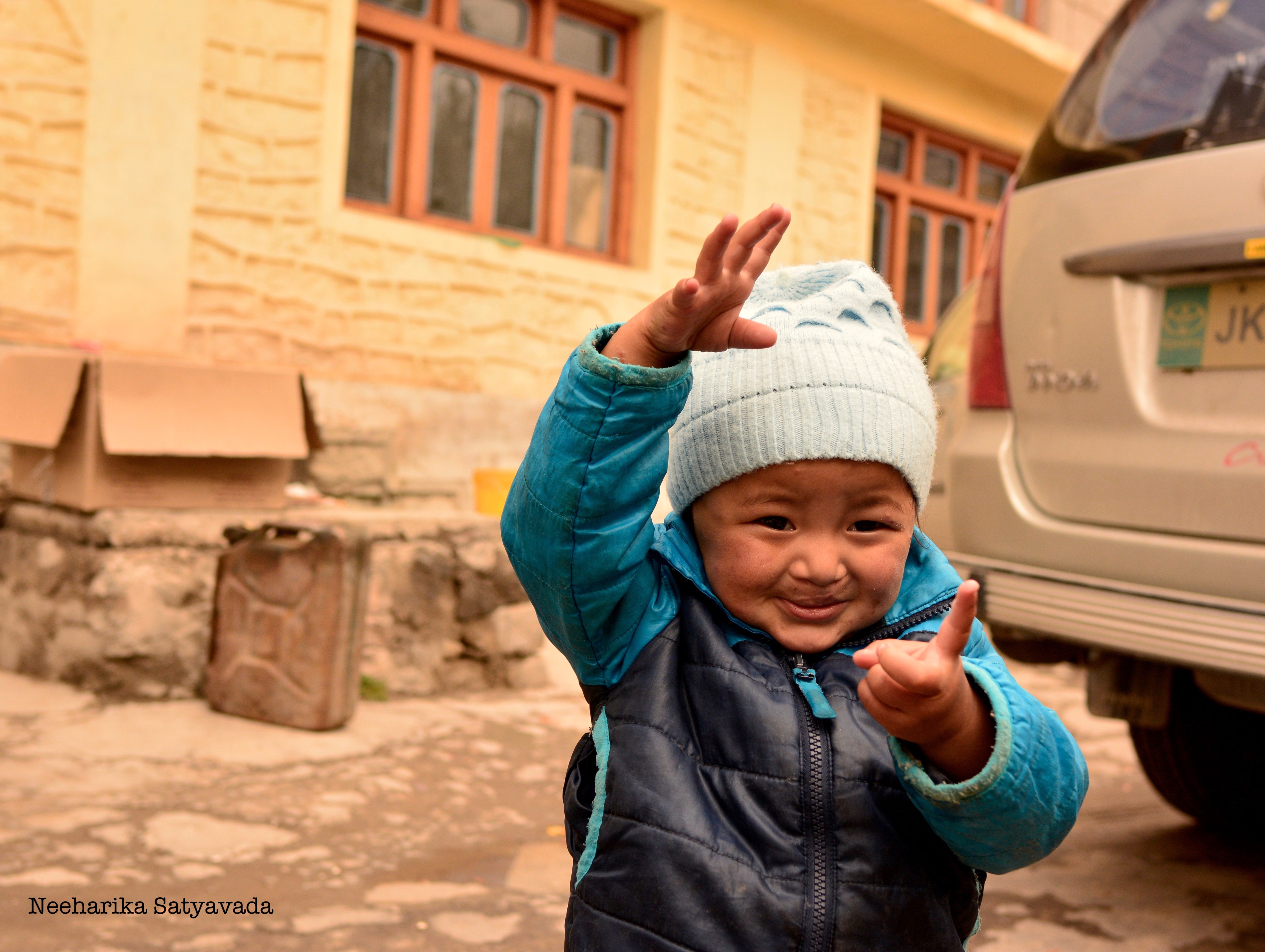Kerala, a land of magical fables and lyrical stories. A land that I first discovered through its stories. Growing up as I did, reading stories told by the many gifted writers of my country. Stories that were so intensely humane that I couldn’t help but be drawn into that world, a world of overwhelmingly beautiful landscapes teeming with life that drew its very living force from a culture that was both singular and diverse at once. A culture that had welcomed many a different people from places near and far, a culture that absorbed and grew alongside its people, as the land went through a rich and varied history of its own.
From rambling along the river Nila unravelling and understanding human emotions through Anita Nair’s Mistress to being thrown into the heady spice gardens of Salman Rushide’s The Moors Last Sigh, I had journeyed through Kerala vicariously for years. If I had just about got a taste of the cultural pluralism of Kerala then, through the eyes Rushdie’s narrator, Moor, who comes from a family which began when a Goan Catholic of Portuguese descent married a Cochin Jew of Spanish descent. It was on my road trip through Kerala in 2018 aboard the Kerala Blog Express that I actually got to witness it and live it.
& when I saw this film by Kerala Tourism for their campaign Human By Nature I couldn’t help but feel it all over again. That magic in the everyday, the power of human stories, the bond between us and the nature that surrounds us and envelopes us in its warm hug.
Kumarakom on Vembanad Lake
On my last trip there, as our houseboat made its way back from Alleppey drifting along lazily on the backwaters, we sat on the deck of our houseboat gazing at the idyllic scenery watching the villages go by. And on a whim decided to make a quick pit stop at one of them. Kumarakom.
Kumarakom on Vembanad Lake, Kerala’s largest and India’s longest lake is a cluster of tiny islands that is famous not just for its sprawling bird sanctuary but also for being a quieter alternative to Alleppey. Making it the ideal destination for those looking to get a feel of the Kerala backwaters, but at a leisurely pace.
As we got off our boat onto the meandering dirt path into the village, afternoon was just turning to evening and the village was stirring back to life, and I couldn’t help but think of a life where afternoon siestas were but a way of life!
Experiencing village life at Kumarakom
Walking through the village we were greeted with welcoming smiles and that was all the encouragement that our curiosity needed. We spent our evening stopping at houses, crossing over wooden bridges to nearby farms, looking in on people going about their business.
Sometimes even trying our hand at these jobs to sometimes just being content watching. We got to meet and talk to people working at varied traditional jobs – from coir making and mat weaving to catch net fishing and toddy tapping.

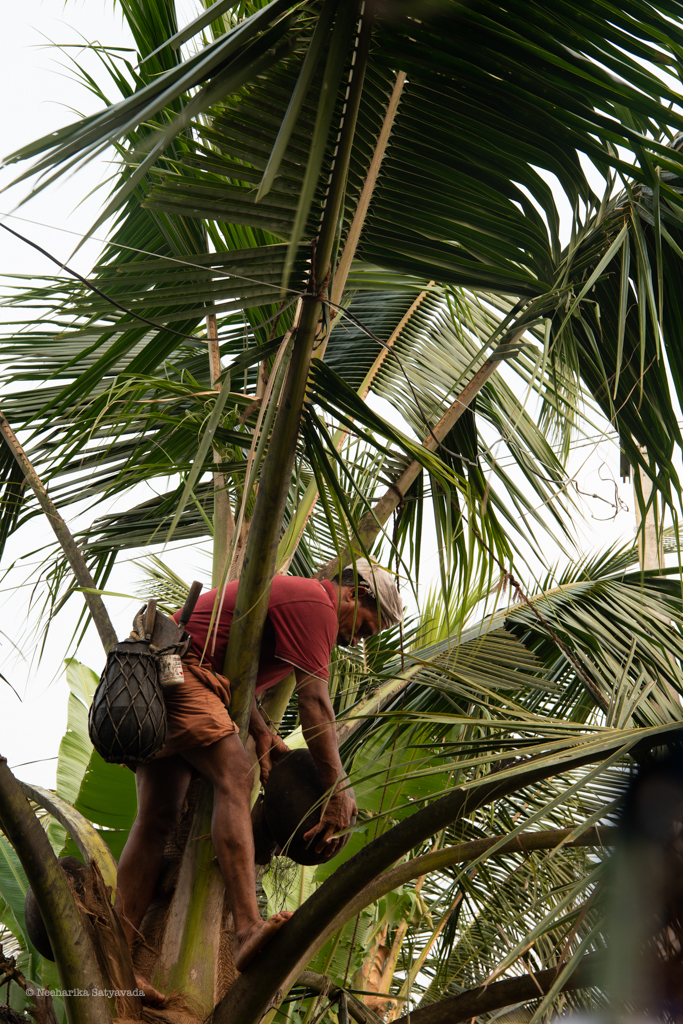
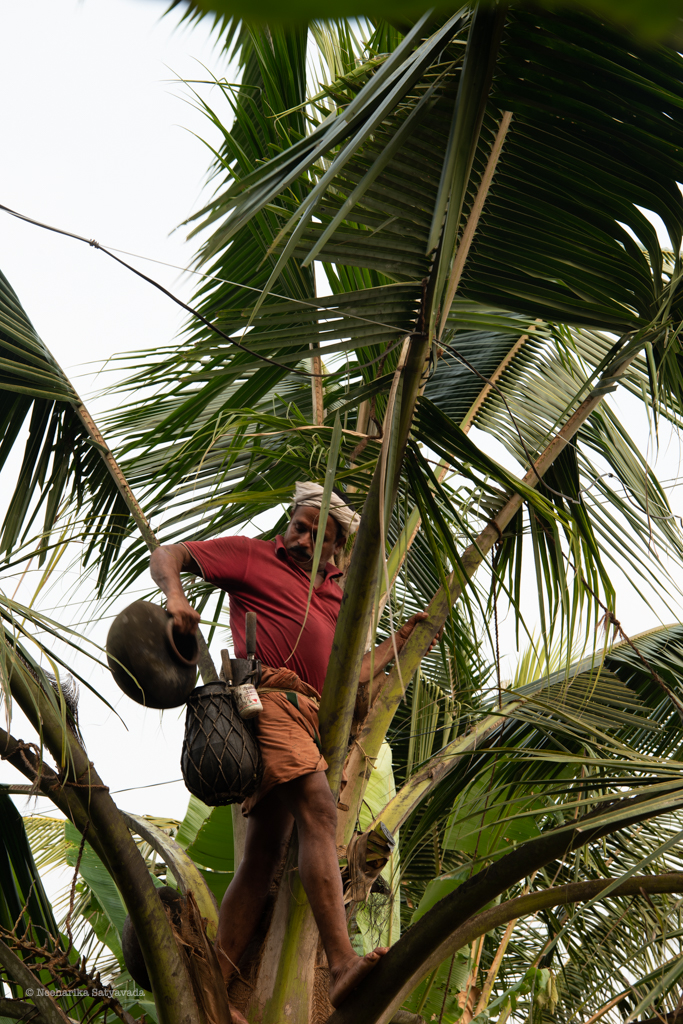
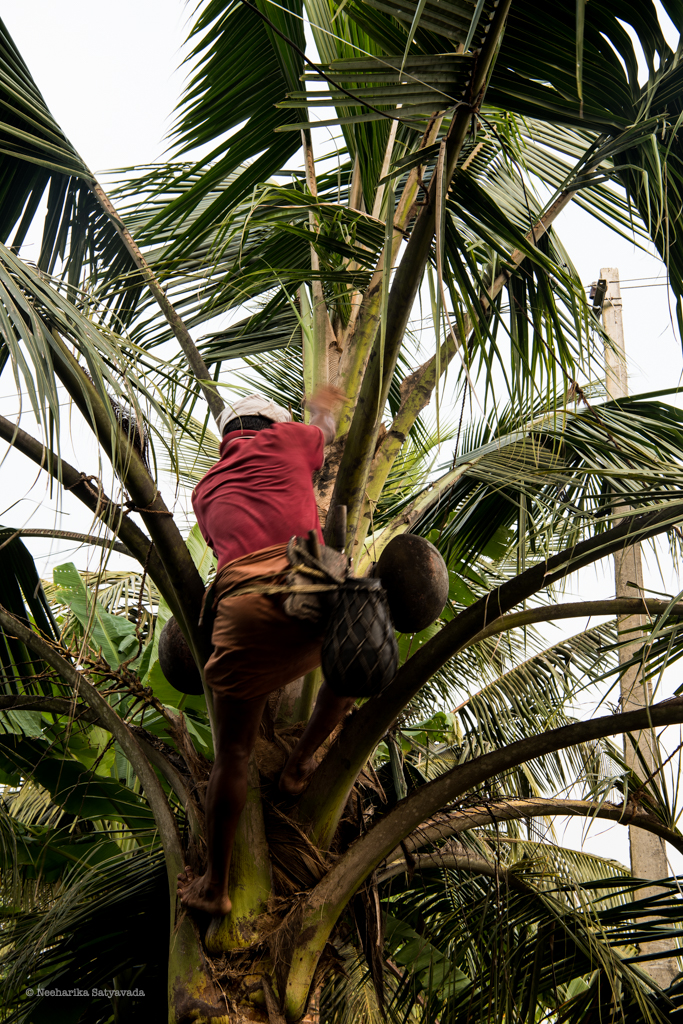
Travel today has evolved beyond checking off things to do on a pre planned itinerary. Seeking authentic experiences, connecting with the land that we are travelling through local people, food, customs and culture has become the very essence of travel. To have experienced this, a slice of life along the Vembanad Lake in Kumarakom, Kerala surely made us human all over again.
Here’s to a renewed sense of appreciation to everything ‘Human by Nature’, to a life of peace and oneness where man, animal and nature co exist in symbiotic harmony.
For magic can exist in a land where majestic beings are not just revered as gods and loved as family but also get to star in celebrated stories. Take for instance, Sooryamangalam Sreeganeshan, the elephant who is the narrator and protagonist of The Tusk That Did The Damage by Tania James.
NOTE: This is a sponsored post written in collaboration with Kerala Tourism under the Human by Nature campaign. The content of the post is completely my own, drawn from my own experiences in Kerala.
